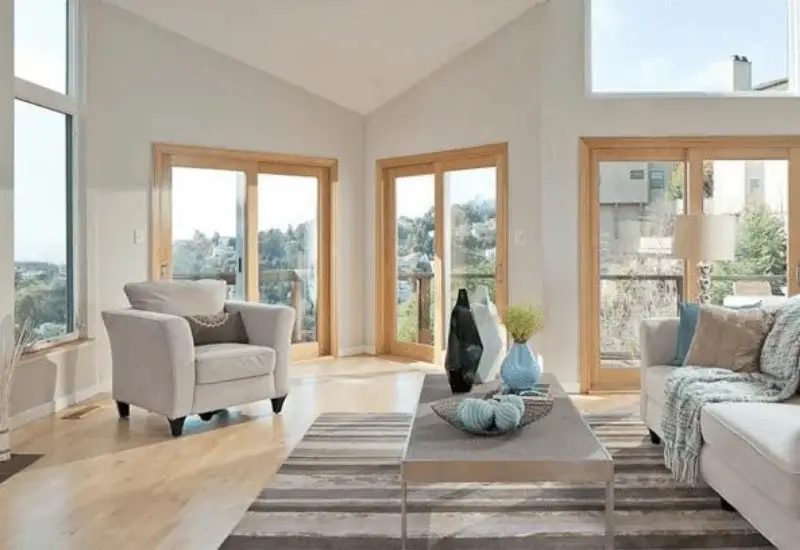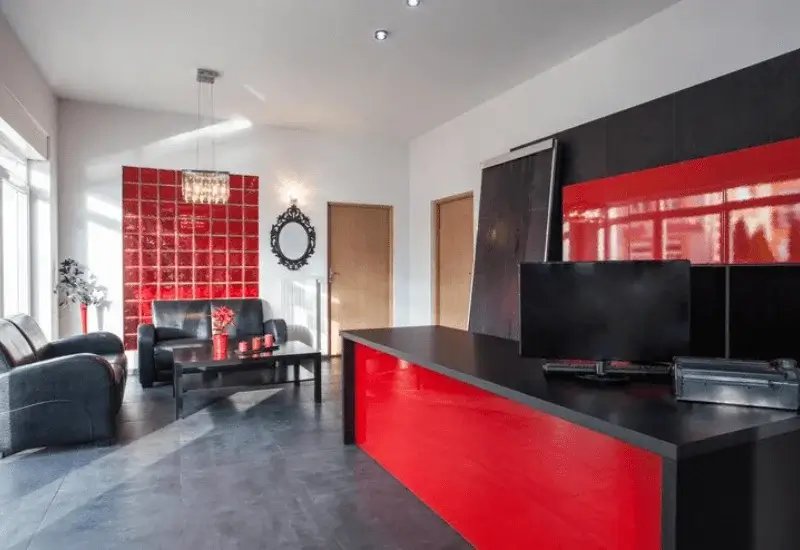Photography is a career where you have to go through a continuous learning process. Real estate photography is a special genre in this industry. The businesses must require high-quality photos to lure customers to buy the property. So, photographers need to focus on the details of the property while maintaining aestheticism.
Experts in this industry follow specific rules and criteria to create mesmerizing photos. We have interviewed the top photographers from the industry to understand the methods they use to capture eye-catching photos. Thus, here we have come up with some indubitable tips to help you improve your skills. So, without further ado, let’s get into the main topic.
Best Real Estate Photography Tips
The main motto of the real estate photos is to improve property sales. The photographers create engaging, attractive, and detailed photos that attract potential buyers. It is all about achieving a balance between aesthetics and details of the elements of a property.
However, you can not create an unrealistic effect to increase the beauty of the image. Businesses require realistic photos, so the customers do not get disheartened visiting the property. Let’s learn about the top real estate photography tips to create real estate photos for their clients.
01. Use the Right Set of Gears

The first requirement of shooting real estate photos is getting the right set of photography equipment. It means you need a high-quality camera, lenses, a tripod, and editing software. You can choose either a DSLR or a mirrorless camera. There are several options available, including Canon, R5, Sony A7 III, or Nikon Z6.
However, choose a full-frame sensor to capture more light. Also, these sensors bring more detail to the image. For the lenses, it is important to choose a wide-angle lens. You can go for a 16-35mm or 10-18mm lens. Then choose a stable trible with adjustable features. It will help you to get a perfect angle.
02. Make the Best of Natural Light

Natural light plays the most vital role in real estate photography. Natural lighting makes the property look more warm and cozy. As a result, it drives the customers to make a deal. It is one of the best real estate photography tips. Moreover, natural lighting allows us to maintain the true color of the space. So, the customers get a realistic portrayal of how the property looks during the day.
So, you can capture the photos in the daytime. It will help you to utilize the maximum lighting. However, be careful while shooting interiors. Position yourself with your back or side to the window to allow the natural light to illuminate the room uniformly.
03. Take Advantage of HDR

HDR refers to the High Dynamic Range. It is an essential technique in real estate photography. It allows you to cast enhanced light on an image. So, you can capture a detailed photo even if the lighting condition changes abruptly. Moreover, HDR also allows the maintenance of lighting in both the brightest and darkest parts of the image.
04. Use a Drone

The usage of drones for real estate photography has become a trend. These real estate aerial photography tips allow us to provide a unique perspective on the space. The drone photography provides additional details that conventional ground photography cannot provide.
Nevertheless, you need a high-quality drone that allows capturing high-resolution photos and 4k videos. Opt for a drone that has a gimbal system incorporated with it. Also, captures photos from different angles. So, you can provide a more compelling view to your clients.
05. Use a Wide-Angle Lens

A wide-angle lens serves an important role in real estate photography. It allows you to capture a large room in a single shot. Also, wide-angle lenses make spaces larger and more open. It eventually attracts potential buyers. Moreover, a wide area lens allows the photographer to focus on a particular architectural feature.
06. Keep the Camera at Eye Level

This is a crucial step to capture balanced images with minimal effort. The eye-level images give a realistic appearance of the property with minimum distortion. Moreover, the eye-level shots are easier to navigate by the viewers. However, you have to maintain a consistent camera height.
07. Capture Every Room

In real estate photography, a photographer needs to capture images of every room. You have to present a holistic appearance of the property to impress the buyers. That’s why, showcasing each room to the clients creates credibility for the business. It helps the business in creating a loyal customer base.
Moreover, each room in the building has a purpose. So, by showcasing every shape, you can help buyers understand how they can use and organize the home.
08. Mind the Composition

Composition is the main element of a picture that makes it look fascinating. In real estate photography, composition is a crucial part. It is all about making your photos appealing by featuring the elements of a property in the best way possible.
The best way to create a well-composed picture is by using the rule of thirds. It means you have to position the features of the property in one of the intersecting points of the grids rather than centering it directly in the middle of the frame.
Mastering composition ensures that your photos are not only aesthetically pleasing but also informative for potential buyers. Also, ensure that the lines, such as walls, windows, and door frames, are straight and not distorted. Askew lines may create a sense of imbalance.
09. Shoot from Different Angles

In photography, it is always suggested that angles be experimented with. Taking multiple shots from different angles is essential in real estate photography. It allows to capture different light conditions and perspectives, which eventually pull out a versatile real estate photography portfolio.
Moreover, it increases the chances of taking a perfect shot. Different shots give you options for marketing the property across various platforms. Additionally, multiple angles help potential buyers visualize how the space flows, especially in open-plan areas like living rooms or kitchens.
10. Don’t Rely on Filters

Filters can improve your raw photos to some extent. However, expert real estate photographers do not completely rely on the filters. Excessive and uncontrolled use of filters can distort the appearance of a property. Eventually, it will mislead potential buyers and will make the business implausible.
Furthermore, it is essential to avoid using excessive filters in real estate photography to show true-to-life representation to the buyers. The natural light, composition, and real-life appeal of the property should shine through.
Moreover, avoid the uncontrolled use of HDR effects. HDR is an effective technique for real estate photography, but too much HDR creates unnatural results. Overusing this effect can make photos appear overly saturated.
11. Avoid Reflections

When photographing real estate, unwanted reflections can affect the overall look of the image. These reflections may occur from different sources, including reflections from mirrors, windows, or camera equipment. You have to control these reflections to create a professional image. When shooting near reflective surfaces, you should shift your angle to avoid direct reflection. This small shift can prevent unwanted reflections.
Another way to avoid these reflections is to control the lighting. Adjust your lighting setup to reduce harsh light hitting reflective surfaces. You can diffuse light with softboxes or adjust the direction of natural light to minimize glare.
Special Tips | Post Processing of Real Estate Photography
Post-processing is crucial because this is the time to fix all the flaws. It allows the photographer to enhance the overall beauty of the image. Also, if there is any unwanted object in the image, they can remove it with precision. Thus, the final image gets the best look possible.
There are different ways to edit a real estate image. You can adjust the exposure and color balance of the image. It is a necessity to look at the image as natural and true to life. Color correction of the image helps the photographer to achieve that. Moreover, by using editing methods, photographers can fix lens distortions. It is a way to ensure that walls, doors, and windows look straight and accurate.
Real estate post-processing service also helps in fixing the perspective distortions. It can occur when shooting from low or high angles. Using photo editing tools, you can correct these issues. Moreover, in real estate photos, noise becomes an issue. That’s why noise reduction tools allow you to improve the visibility and quality of the image.
Final Thoughts | Real Estate Photography Tips
In photography, there is no alternative to practice. You have to find your style to get recognized in this industry. This post’s real estate photography tips will help you create a flawless photo. However, you must find your weaknesses in capturing high-quality photos. Next, work on your weaknesses to improve your skills.

